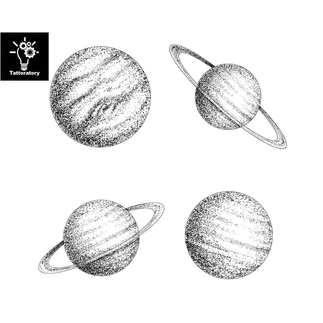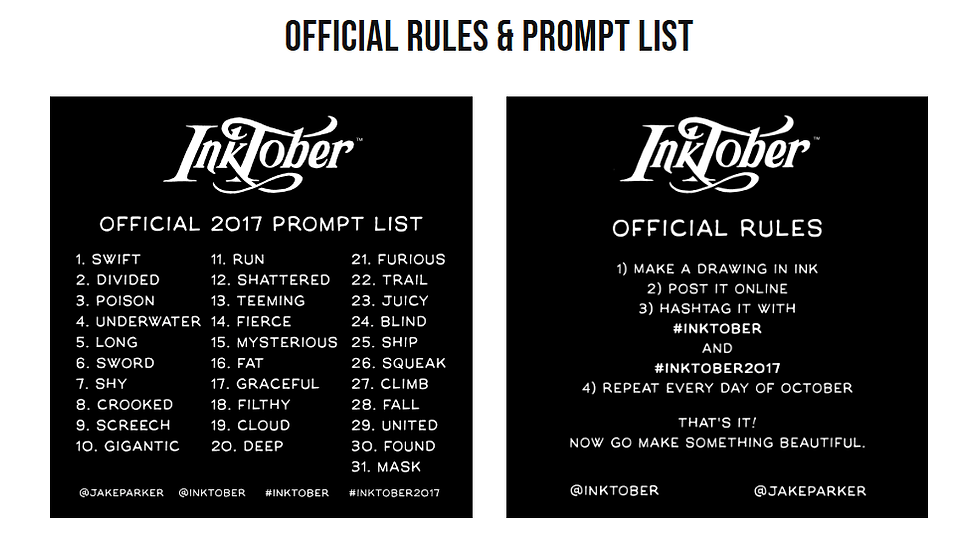Lesson 3: Reproduce training
- Reiko Lauper
- Sep 13, 2021
- 3 min read
REPRODUCE: Learn from another good artist

Original: "Kiss of Death" - Amanda Piejak
What is reproduce training?
Reproduce training is a practice way to copy existing artwork.
To copy other artists' good drawings is a great way to practice and improve the illustration technique.
Reproducing a master's art is a very old manner of instruction in art in general. You may often see art students in museums attempting to copy a great masterpiece. Many art instructors even have the students copy from art books too.
Reproduce is a great practice for beginners, as you can see what you can improve by copying. The original artwork will be the scoring standard for your artwork. You will not be able to see what is wrong or what you need if you draw a picture without the original. From how to draw each line to how to shade, it is possible to clearly understand the difference in how much you can draw like the original and what is different from the original. You can gradually learn the drawing technique by copying artwork of various styles and keeping correcting the differences from the original.
*You may reproduce another artist's art as long as you don't try to pass it off as your own and you must sign your name and the date to your piece to acknowledge that it is a copy of the other artist's work. To not do so or to try to make a profit of it would be considered forgery and would be severely punishable.*
STEPS
1. Get an image of stippling artwork that you want to copy Get some artwork you want to copy. This artwork must be stippling, so that you can learn the technique.
Try to find something you are interested in general. To draw what you like is the best way to improve your drawing skill.
To find a stippling image, I recommend using Pinterest. They have thousands of different types of stippling drawings, so pick one you want to reproduce the work.
Image source: Linked in each image
Video Source: Cath Siswick Art
2. Print it out Always print the image out if you have a printer. If not, have the original image on your phone screen or tablet, and put it right next to your drawing.
3. Pencil sketch Draw a line while observing and thinking carefully. The important thing in copying is to understand and imitate the structure and shape of the original image. After catching the rough shape on the paper, draw a line slowly and carefully because pencil sketch is super important for stippling drawing. However, try not to draw too strong. It would be harder to erase after you finish inking.
4. The size of the drawing The artwork should be 4"- 5" tall to start with.
Stippling takes a long time, and it will take dozens of hours to finish a big piece. This is a 2-week assignment, so think about your drawing speed and decide the size of the artwork tailored to your skill so that you can finish it in a timely manner.
5. Do NOT trace
Why isn't tracing good?
When you trace a line, you just focus on tracing. You're not trying to remember the shape and characteristics of the image.
As a matter of course, tracing is just an act of tracing a picture. Even though you just traced it, you were satisfied with the finished piece and that will cause you to stop developing your critical eye. Keep modifying your drawing little by little using your own eye, and learn new ways to draw.
5. Draw as it is / arrange the design
You can draw as the original is, or you can arrange the design partially as long as you copy the main content. Below is a good example (Left: Original / Right: Reproduce drawing).
Tips
1. Draw, then compare
Compare the original and yours, and analyze the differences carefully while drawing. For example: "What's the tone difference of these parts?" "What's the size ratio of this part and this part?", etc. You can train your eye to be able to see images and absorb the technique more and more.
2. Choose the right artwork that fits your drawing level You may be just frustrated and discouraged if you are a beginner and start with something high-level. Choose something that even beginners can imitate: Simple pattern, something that doesn't have strong/distinct style.
This feeling of "failure" will affect your drawing in the future. You may end up hating to draw because you can't draw as you want. The more people who have strong desire to improve their drawing skill, the more likely they will experience this frustration. It's natural that you can't draw well at first. Take it easy and think as a long-term exercise.
Your drawings will get better and better in proportion to the amount of practice! :)































Comments